Eris Oberfläche ist wie ein Briekäse
Laut Francis Nimmo von der Universität California in Santa Cruz kann man sich das Eis "wie einen Briekäse" vorstellen. Zudem fließt das Eis ein wenig wie bei einem guten Weichkäse: "Vom warmen steinigen Kern des Zwergplaneten steigen Eisströme laufend hoch zur Oberfläche. Dort geben sie Wärme ab ins All und sinken abgekühlt wieder zurück in die Tiefe."
Untersucht wurde Eris mit dem chilenischen Riesenteleskop Alma. Und er und Pluto scheinen fast die perfekten Zwillinge zu sein. Sie sind beinahe gleich groß, haben beide einen warmen Gesteinskern und sind vollständig mit Eis bedeckt. Doch während das Eis auf Eris weich vor sich hinfließt, ist Plutos Eisschicht hart und gebirgig. Zudem vermutet die Fachwelt einen dickflüssigen Ozean unter seinem Eispanzer. Dieser soll die Konsistenz von Schneematsch haben. Zwar könnte Eris ebenfalls einen Ozean beherbergen, aber das gilt eher als unwahrscheinlich.
Learn more / En savoir plus / Mehr erfahren:
https://www.scoop.it/t/21st-century-innovative-technologies-and-developments/?&tag=planet
https://www.scoop.it/t/21st-century-innovative-technologies-and-developments/?&tag=Space



 Your new post is loading...
Your new post is loading...

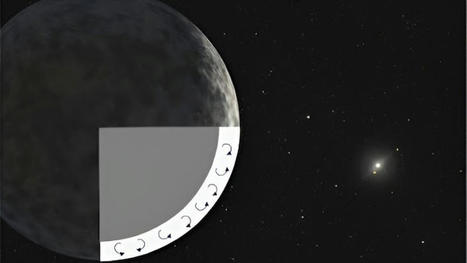


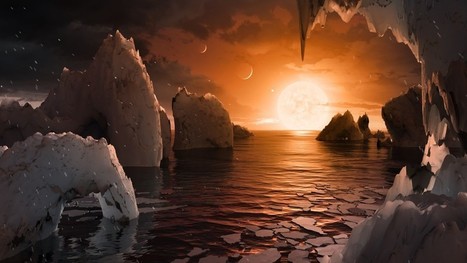
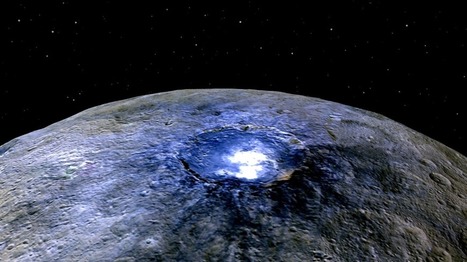
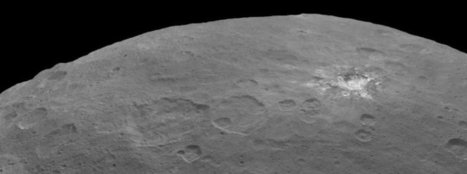

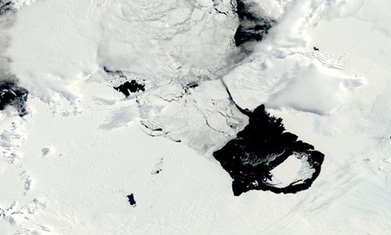
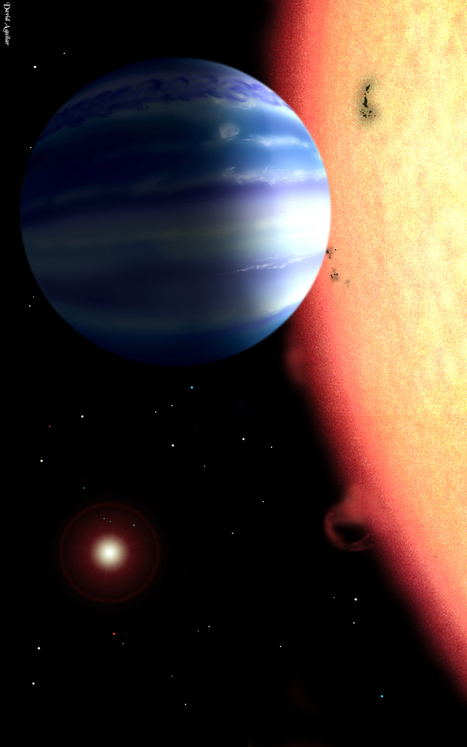
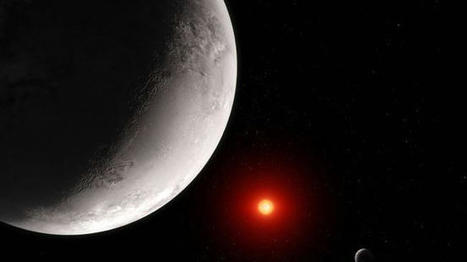
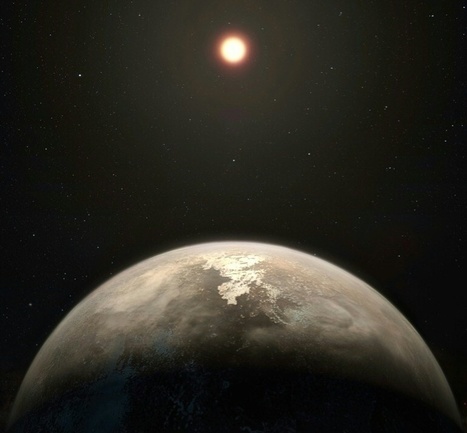
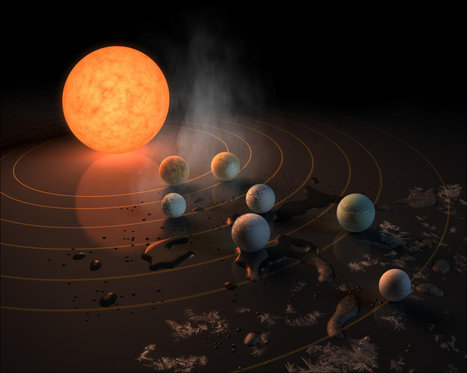
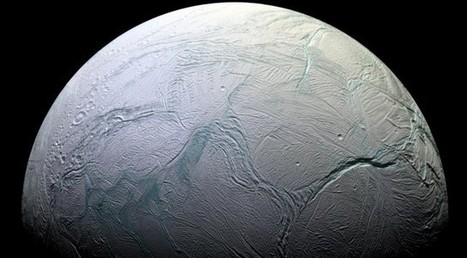


![This Is How Your Plastic Bag Ends Up In Massive Ocean Garbage Patches [Infographic] | 21st Century Innovative Technologies and Developments as also discoveries, curiosity ( insolite)... | Scoop.it](https://img.scoop.it/fy-DSo0SW5cwL-EXV_2Amjl72eJkfbmt4t8yenImKBVvK0kTmF0xjctABnaLJIm9)





Eris Oberfläche ist wie ein Briekäse
Laut Francis Nimmo von der Universität California in Santa Cruz kann man sich das Eis "wie einen Briekäse" vorstellen. Zudem fließt das Eis ein wenig wie bei einem guten Weichkäse: "Vom warmen steinigen Kern des Zwergplaneten steigen Eisströme laufend hoch zur Oberfläche. Dort geben sie Wärme ab ins All und sinken abgekühlt wieder zurück in die Tiefe."
Untersucht wurde Eris mit dem chilenischen Riesenteleskop Alma. Und er und Pluto scheinen fast die perfekten Zwillinge zu sein. Sie sind beinahe gleich groß, haben beide einen warmen Gesteinskern und sind vollständig mit Eis bedeckt. Doch während das Eis auf Eris weich vor sich hinfließt, ist Plutos Eisschicht hart und gebirgig. Zudem vermutet die Fachwelt einen dickflüssigen Ozean unter seinem Eispanzer. Dieser soll die Konsistenz von Schneematsch haben. Zwar könnte Eris ebenfalls einen Ozean beherbergen, aber das gilt eher als unwahrscheinlich.
Learn more / En savoir plus / Mehr erfahren:
https://www.scoop.it/t/21st-century-innovative-technologies-and-developments/?&tag=planet
https://www.scoop.it/t/21st-century-innovative-technologies-and-developments/?&tag=Space